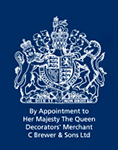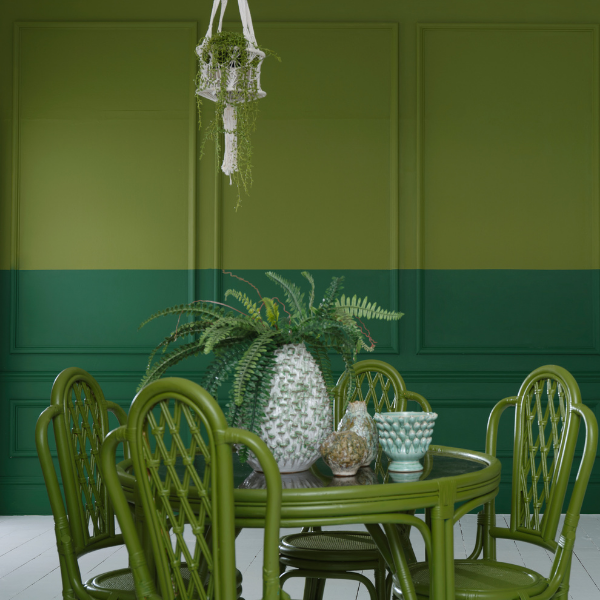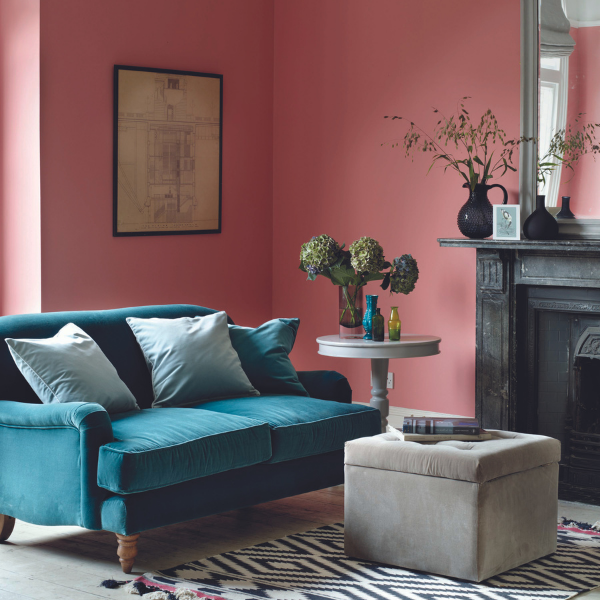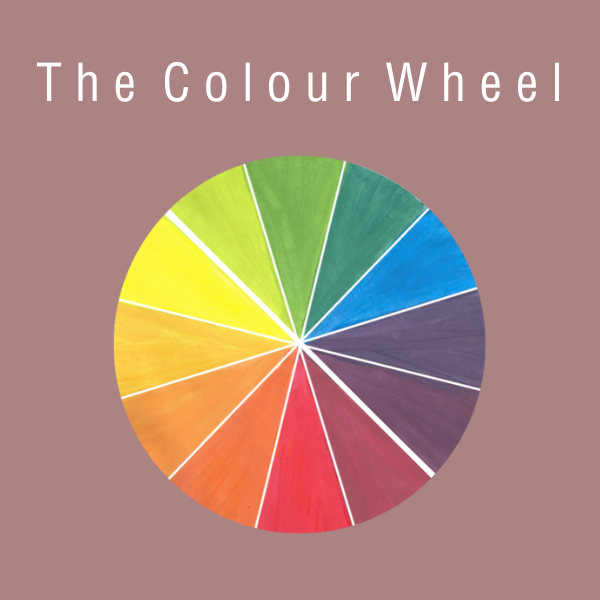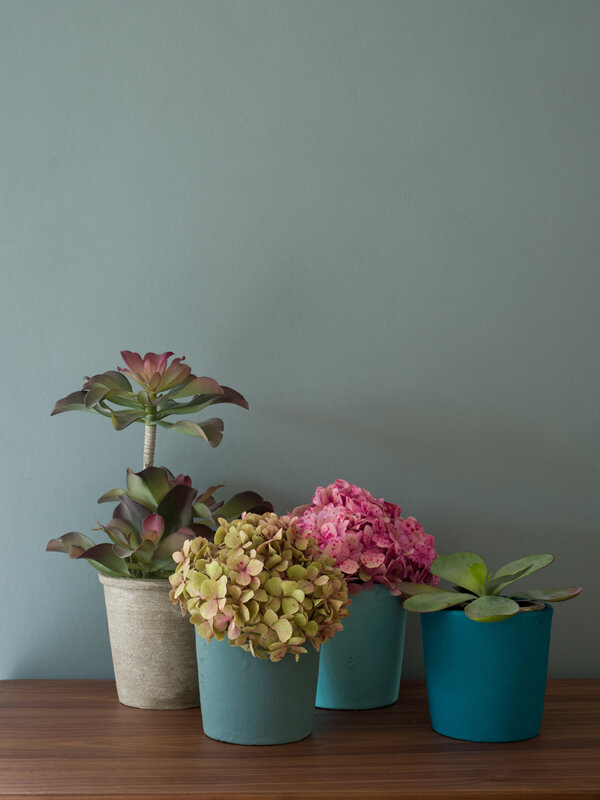How To Choose A Colour Scheme

December 15th, 2022
Choosing a colour scheme can be daunting, but the good news is that there are some simple tools available to give you the confidence to create your perfect palette. There are lots of different colour schemes out there, however this guide is going to focus on the three most popular:
- Monochromatic
- Complementary
- Harmonious
Monochromatic Schemes
Image: Albany Friston Forest and Plumpton Green
What is a monochromatic scheme?
You may have seen this term used frequently in interior magazines. It simply means using a single colour in different tints (lightened with white), tones (muted with grey) and shades (darkened with black). This scheme is perfect for those wanting to create a calming space.
Using just one colour may seem a bit dull but the trick is use lots of textures and different finishes to bring the space alive and add points of interest. This could be as simple as playing with paint finishes and using gloss in an otherwise matt space to pick out highlights within the room. Look out for accessories and soft furnishings that add further texture in your chosen hue.
Complementary Schemes
Image: Albany Finchdean
What is a complementary colour scheme?
With the help of a colour wheel (a tried and tested tool), this scheme is simple to put together. The colour wheel depicts primary, secondary and tertiary colours which encompass all colours used in interiors. A complementary scheme is created by using colours on the opposite side of the colour wheel. At first this might seem quite daring, but this method can help create a well put together space with lots of character.
The important thing to consider here is balance. To avoid a colour conflict, consider choosing one dominant colour within the space and then enhancing with accessories or furniture in the complementary hue.
Harmonious Schemes
Image: Albany Malachite and Friston Forest paint with Birds of Paradise by Isabelle Boxall wallpaper
How to create a harmonious colour palette
Harmonious colours, otherwise known as a Analogous scheme, can be found sitting next to each other on the colour wheel. This scheme can be made up of two or more colours and is a great option for those wanting something cohesive.
One tip here is to ensure the chosen colours are a similar tone, this will help to find balance and bring the scheme together harmoniously. A tone is defined by how much grey has been mixed with the colour. For example, for a really grounded, sophisticated palette choose muted tones that have plenty of grey added. Alternatively, pastel tints work well with this scheme, which are likely to have less grey added for a purer look and feel.
Share your colour palettes with us on Instagram @brewerspaints
Using A Colour Wheel
A colour wheel is a tool used by designers across multiple disciplines including fashion, art and of course, interiors. It is a tool that helps select and illustrate colour relationships. For interiors, the colour wheel is instrumental in giving confidence in choosing colour schemes.
The colour wheel depicts primary colours, secondary colours and tertiary colours which can be defined as:
Primary
The three primary colours cannot be made by mixing any other colours together and consist of red, yellow and blue.
Secondary
Secondary colours are made by mixing two primary colours and include green, orange and violet.
Tertiary
There are six tertiary colours that are created by mixing one primary colour with one adjacent secondary colour. These are known as red-orange, red-violet, yellow-orange, yellow-green, blue-violet and blue green.
Image: Albany Straw, Ryedale, Flying Dragon, Claretberry and Jubilee
Tints, Tones and Shades
A colour wheel also illustrates the tints, tones and shades of each hue – this can be particularly useful when selecting colours for a harmonious scheme and also depicts the range that can be used within a monochromatic scheme.
Although often used interchangeably, these terms can be defined as:
- Tint
A colour that has been lightened with white
- Tone
A colour that has been muted with grey
- Shade
A colour that has been darkened with black.
Image: Albany Adam
Shop Albany

